Abstract
The State of Palestine became party to the International Convention on the Rights of the Child of 20 November 1989 (CRC)1 on 2 April 2014.2 Less than two years later, on 4 February 2016, President Mahmoud Abbas enacted Decree-Law No. 4 Concerning Juvenile Protection (hereinafter "Juvenile Protection Law" or "the Law"),3 which set forth the rights of children in conflict with the law and reformed the entire child justice system.4 The Law incorporated the international standards relating to children as enshrined in the CRC and other soft law rules. The question remains: would the legal texts, as manifested by the accession to the Convention and by the aforesaid Law, be materialized at the institutional and practical levels?
The number of children in conflict with the law is on the rise.5 While the number of children who broke the law in the West Bank was 637 in 2005,6 it increased into 2,457 in 2014.7 Yet no concrete effort has been undertaken to systematically resolve the issue of such children, despite the progress made at the global level and in certain states in the Middle East,8 and the significant developments of the Palestinian legal system since the establishment of the Palestinian Authority in 1994.9 Jordan amended its Juvenile Rehabilitation Law of 1954,10 which has been applicable in the West Bank until early 2016, just one year after its withdrawal from that Palestinian territory during the war with Israel in 1967.11 Children in Palestine had to wait over 60 years until the new Juvenile Protection Law to be adopted in 2016. The foregoing shows, from the outset, the necessity of reforming the Palestinian juvenile justice system in light of international human rights standard sand global developments.12
This study has been written after an extensive field research and a series of meetings and interviews that took place in the West Bank for over five years (2011 to 2016). In addition, it builds on the author's experience in supervising a Juvenile Justice Clinic at the College of Law and Political Science of Hebron University which was applied in collaboration with Washington & Lee (W&L) University Law School, USA, in 2013-2015. The Clinic included an academic course on juvenile justice for Hebron and W&L students conducted jointly by two Palestinian and American law professors, study visits to child detention centers and police stations, handling a number of child cases (pro-bono advices and representation), hosting several workshops, public awareness campaigns, and organizing joint Palestinian-American moot trials.13 The author and a team of his students interviewed police officers, prison administrators, prosecutors, judges, probation officers, and representatives of the Ministry of Social Development. The author visited the social rehabilitation institution allocated for male juveniles in the city of Ramallah, the girls juvenile care institution in Bethlehem, the central prison in the city of Tulkarm, and a police station and juvenile detention center in Hebron. In some of these locations, the author and students met children accused to be in conflict with law. They similarly interviewed a number of international and Palestinian non-governmental organizations (NGOs), lawyers, and UN agencies.
The purpose of this paper is to clarify the legal basis and practical situation relating to children in conflict with law in Palestine with a view to provide a pathway for potential reform, particularly in light of Palestine's obligation pursuant to its recent accession to the CRC. It starts by describing the legal basis that governs the juvenile justice in Palestine. It then explores the formal policy at the level of the Palestinian Ministry of Social Development, its personnel and child care institutions. The study finally analyses the formal juridical cycle: the police, prosecutors, and courts.

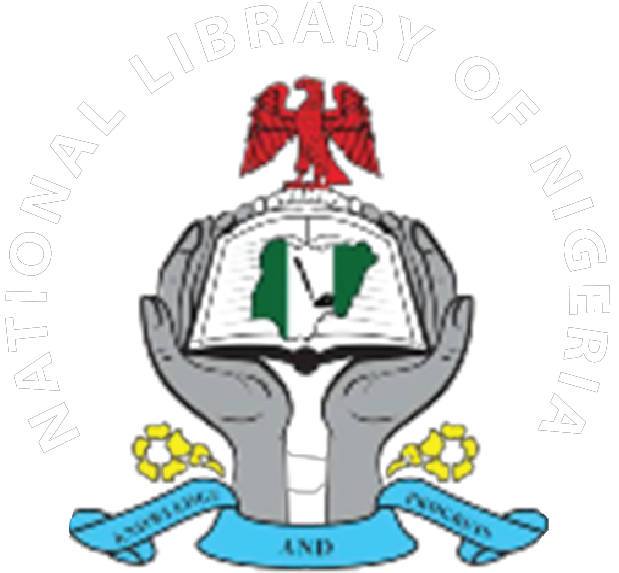
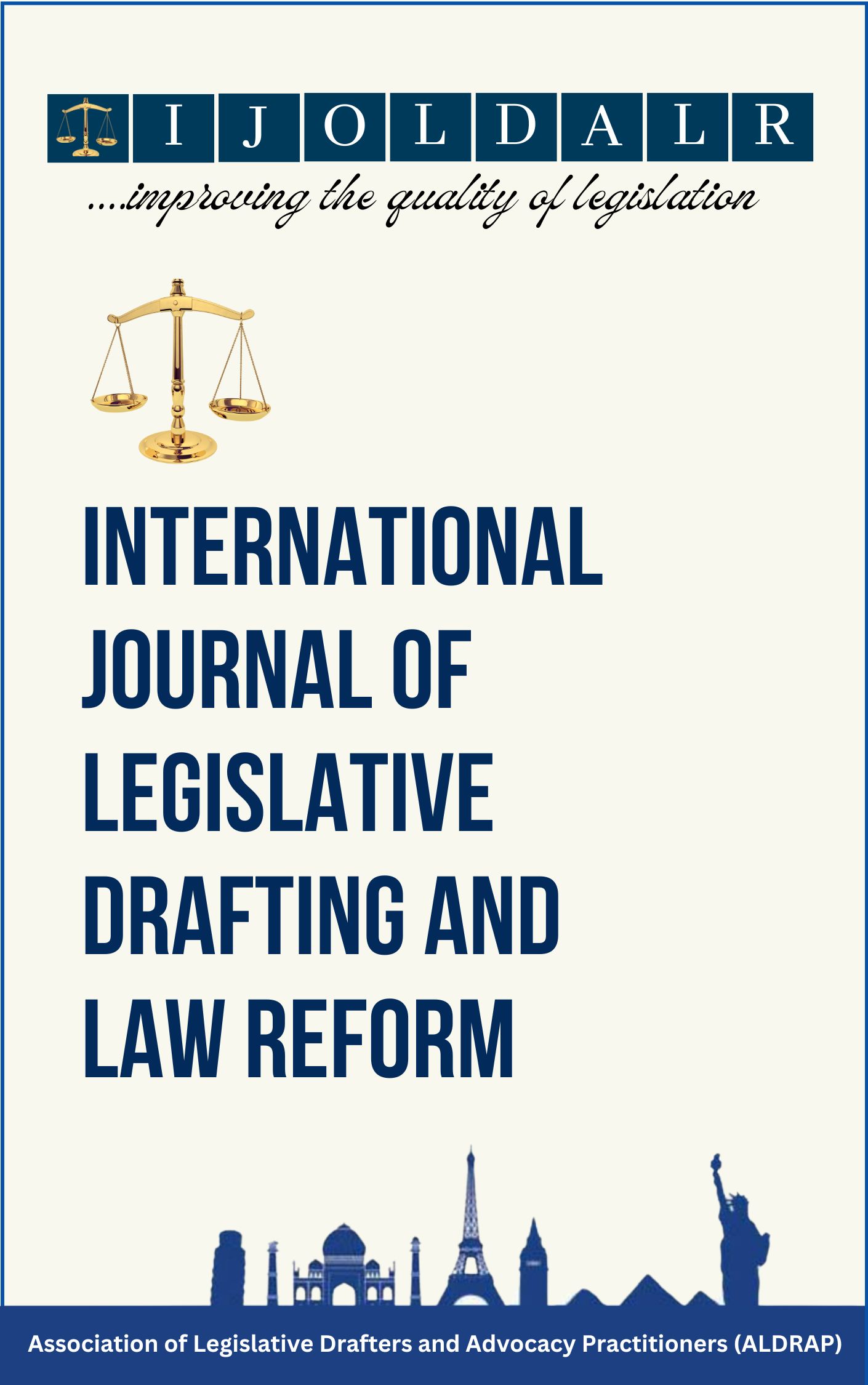
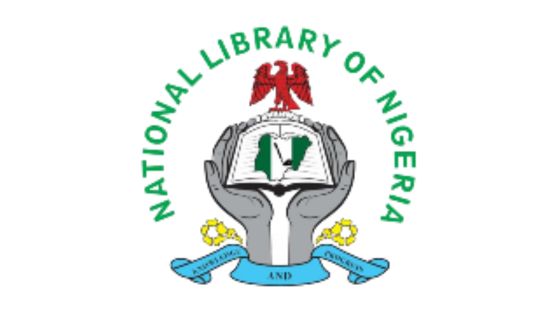 National Library of Nigeria
National Library of Nigeria.jpg) Association of Nigerian Authors
Association of Nigerian Authors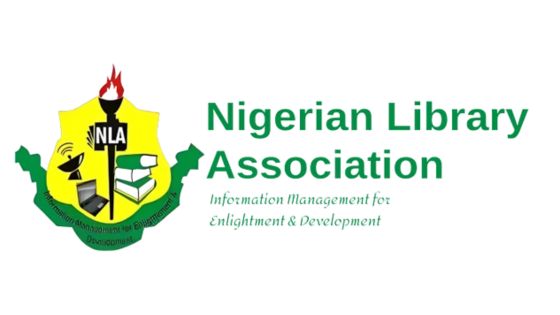 Nigerian Library Association
Nigerian Library Association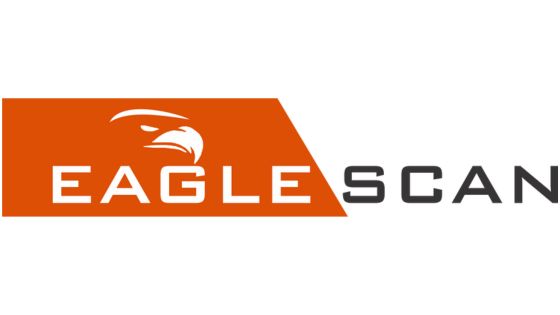 EagleScan
EagleScan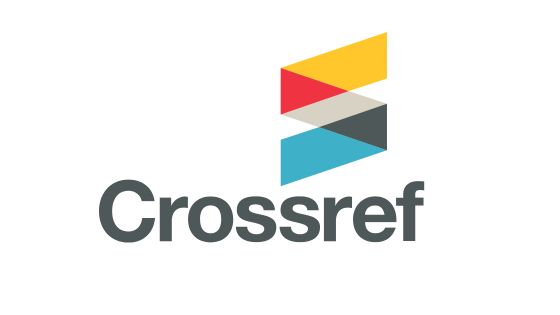 Crossref
Crossref